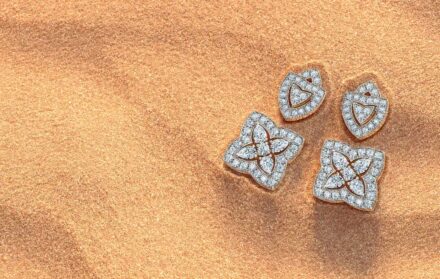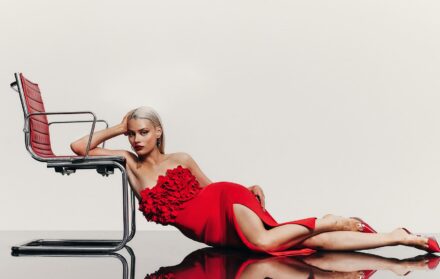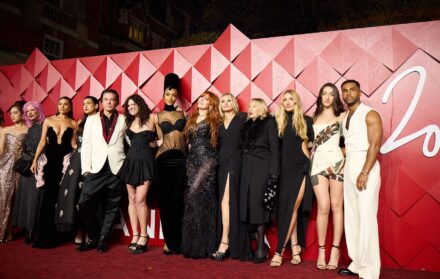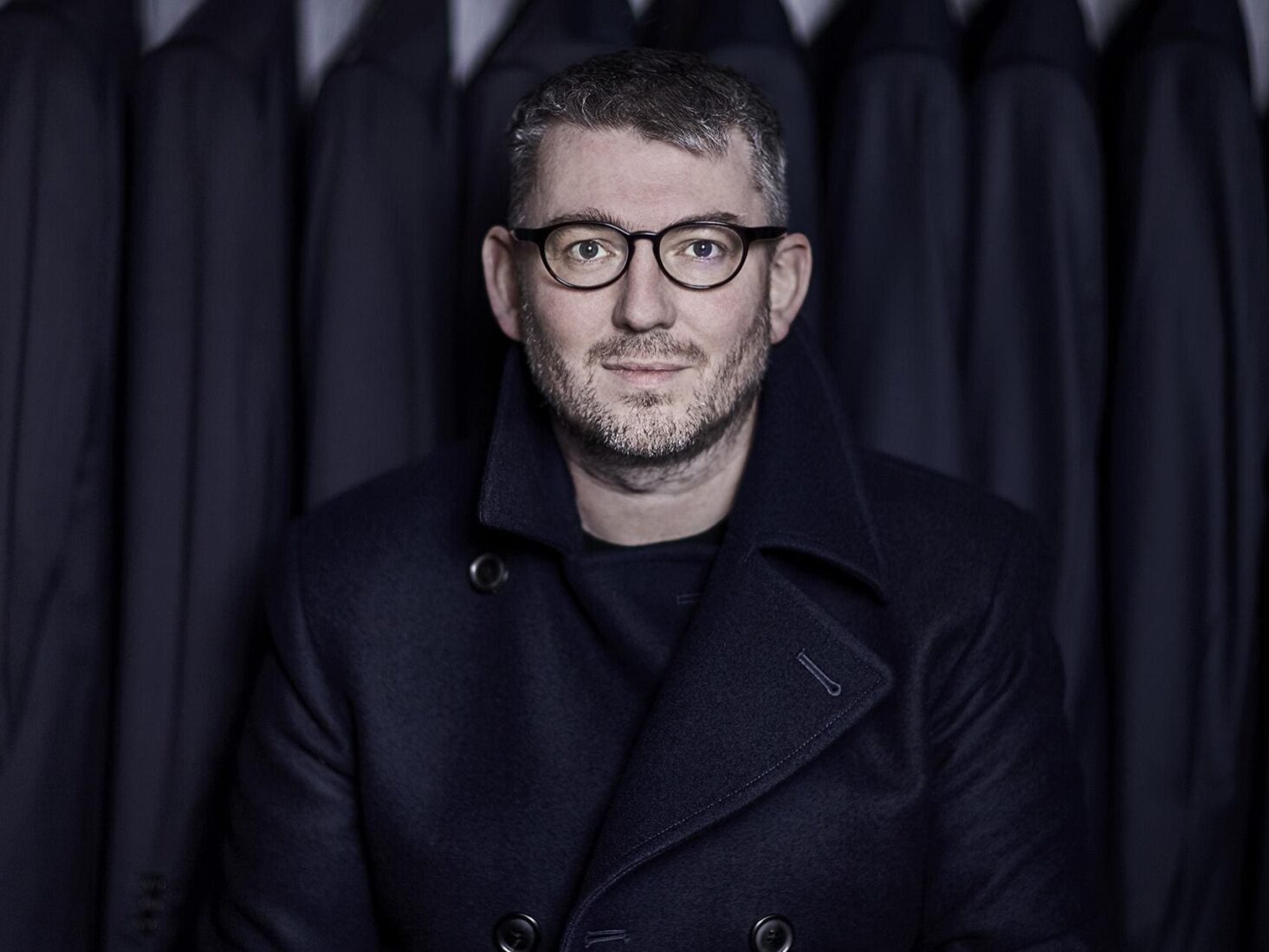
Suit yourself: the future of Gieves & Hawkes with John Harrison
"And the fact is that tailoring has to change. But there’s no reason why it can’t."
It wasn’t cool then for sure,” chuckles John Harrison. “Savile Row was still quite an ‘olde worlde’ place. Abercrombie & Fitch was still a bank (the clothing company’s Savile Row flagship once housed a branch of the Bank of England). And we still had to go there each week to get the wages. But it was absolutely the best place to get an education in menswear and getting a job there was far more important to me than getting one with, say, Dries Van Noten or Paul Smith. You know, although I wasn’t ever going to be hitting the party scene on the back of it, it was cool in its own way.” Harrison is reminiscing about his first job straight out of fashion school, with Savile Row’s Norton & Sons, some 25 years ago. Tailoring was still strong, traditions respected. It’s a different place now, as he’s a different man, albeit back on the Row – serving as the creative director of Gieves & Hawkes since 2017. “I’ve moved from job to job gaining different experience,” Harrison explains. “After Norton I worked with a high-street supplier, fine-tuning the costings of huge quantities of fabric, the real nitty-gritty of making clothes. At Norton I’d got used to people coming in with three Hermès scarves they’d just bought and telling us to use them as a lining for their bespoke suit.”
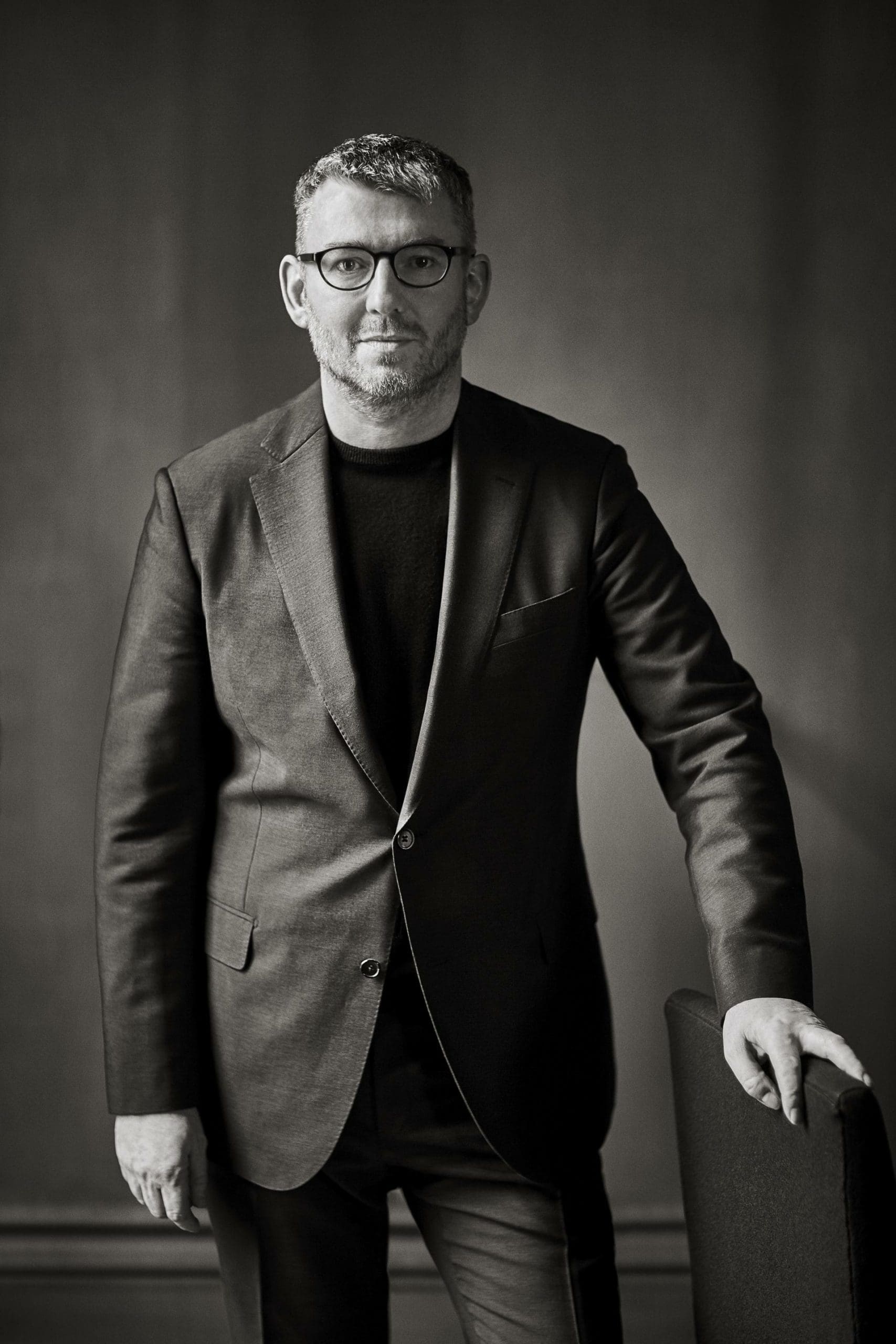
Harrison also counts five years as a designer at Reiss, where he learned how to design collections that went straight into the brand’s own shops – “where it either sold or it didn’t, and you got applauded for it, or had your nose rubbed in it.” There was also a spell as design manager of the Autograph line at Marks & Spencer. “That was a case of being involved in millions and millions of decisions taken on, say, one shirt, and then ending up with the same white shirt we’d had season after season,” he recalls, clearly happy to have put that behind him. “It was very hard to take a new idea forward. I remember them holding up a Next garment and laughing, ‘Who’s going to wear this?’. And me thinking, ‘I know who – the new customer that they’re bringing in, which you are not’. Anyway, I got made redundant from Marks & Spencer – I wonder why?”
Following his departure from M&S, Harrison started his own menswear design consultancy, working with the likes of Duchamp, Kent & Curwen, Purdey and Lutwyche, doing so much with Gieves & Hawkes that it made sense to bring him into the fold. It was a kind of homecoming, and not just being back on Savile Row. Harrison had a spell at the company in the early 2000s, launching its Gieves sub-brand. This time, he concedes, the wider brand needed some spring-cleaning, not least because of the interim period’s radical shift in the standing of such formal, very English, bulletproof tailoring in a marketplace where so many men now seem happy to dress in sweatpants. “This time the question has been how to maintain a tailoring position in the world of Nike,” he laughs. “Casualwear just wasn’t such a big thing the last time I was at Gieves. And the fact is that tailoring has to change. But there’s no reason why it can’t. If I look at Gieves’ archives, at the suits they were making in the 1970s, they look like 1970s suits, with big lapels and flares. Its suits of the 1980s look like they belong in the 1980s. So there’s no reason why even a historic tailor like Gieves can’t make a tailoring piece that’s relevant to today’s idea of a suit. If that’s more fluid, or looser, or lighter, we can do that, and we should.”

He adds, however, that there’s always a market for more traditional tailoring, which is one reason why last summer he reintroduced Gieves & Hawkes’ made-to-measure service, not just for suiting, but also for outerwear and shirts, with redeveloped, more contemporary silhouettes and a larger choice of fabrics, nearly all of which are made in the UK. “There are a lot of groups of men out there who are really into their own specific kind of product, much as there used to be men into a more mod look, others into that terrace casual style, and so on. And there’s a group out there that still really loves tailoring.”
Click here for your ultimate guide on where to get your suit on Savile Row
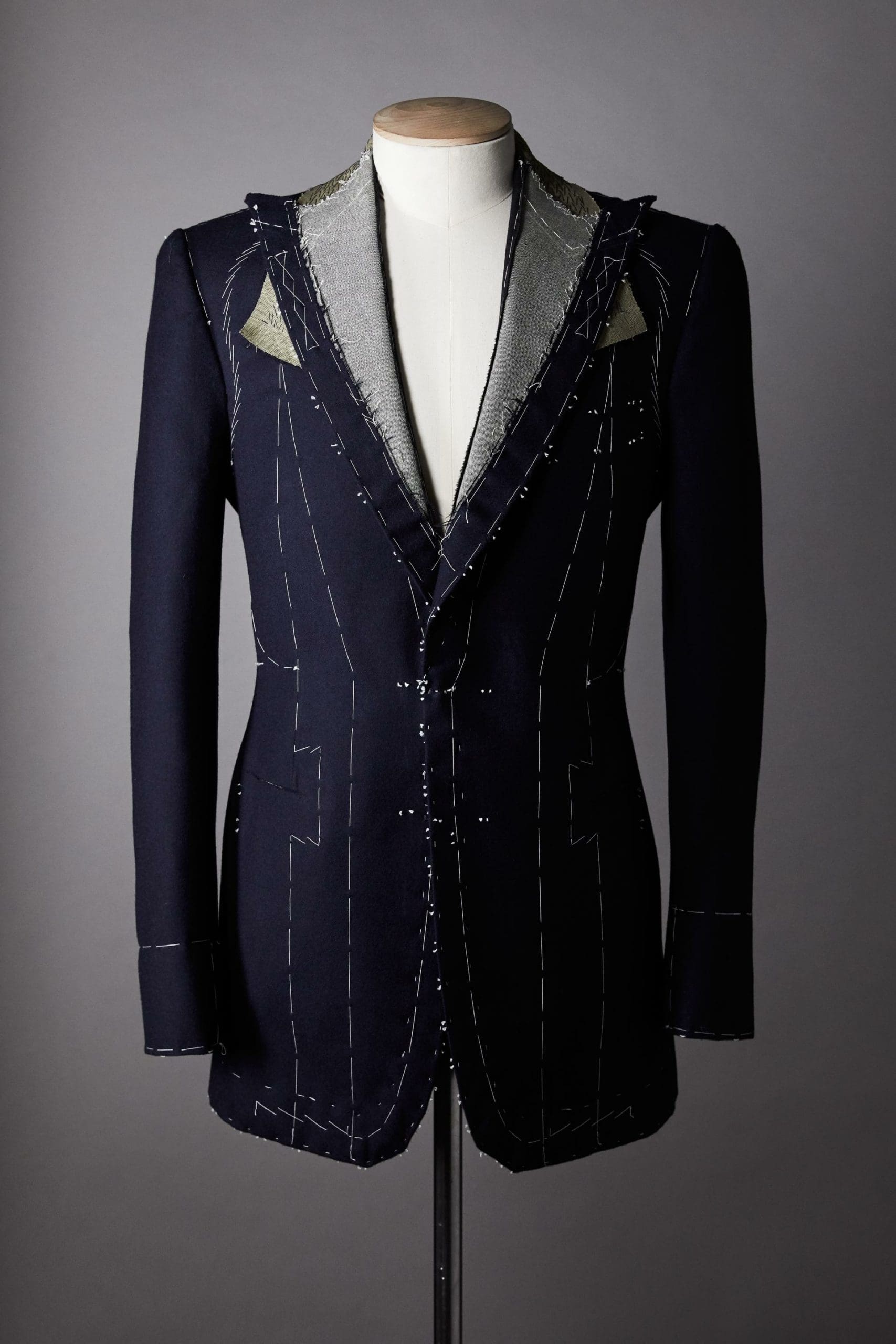
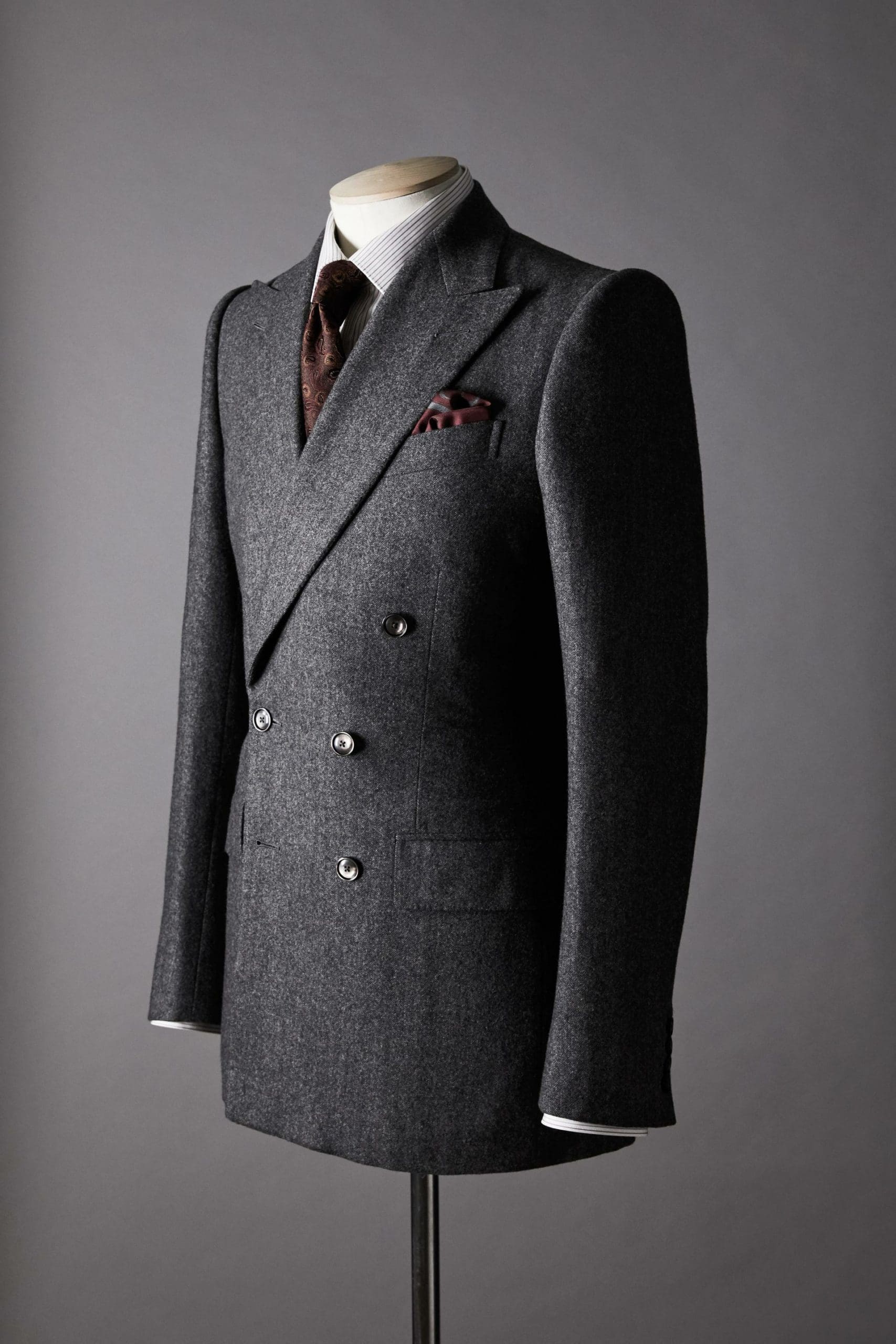
Harrison admits that he feels the weight of history on his shoulders. Situated at 1 Savile Row, Gieves & Hawkes is not only Savile Row’s most prominent tailor, but also among those that are something close to a household name. This is a tailor not far off celebrating its 250th anniversary, one that has counted the likes of the Duke of Wellington, Admiral Lord Nelson, Churchill, Chaplin, Ian Fleming and even Michael Jackson among its customers, and which holds all three main royal warrants, to Her Majesty The Queen, the Duke of Edinburgh and the Prince of Wales. It’s a tailoring institution that’s British through and through – notwithstanding the fact that it’s been owned by the Hong Kong-based Trinity Group for the past seven years, during which time Gieves & Hawkes has expanded to encompass some 68 stores across 39 cities around the world.
“Designing for such a well-known name is limiting in some ways – it has this great history that you can’t ignore, but you don’t want that to result in stuffiness either,” says Harrison. “There are things one might want to do at an intellectual level, things that would make me look like a ‘better’ designer, but which wouldn’t be right for Gieves & Hawkes. And the real skill is in just keeping it ticking along, not in making a big noise, but keeping its appeal relevant to the broad spectrum of men. You’re aiming to give it all sense of continuity, at least for a few years – too much continuity for too long and it all gets boring. To keep moving the Gieves & Hawkes customer on is a challenge, and you can’t go too fast with the pace. But you do need to keep moving forward, albeit with small steps.” The trick is to look back while also looking forward, which is why recent seasons – under Harrison’s stewardship – have seen a more relaxed, more wearable and, yes, more contemporary approach to tailoring at Gieves & Hawkes. The detailing, however – rope, anchor and crown motifs, for example, on buttons, in jacquard knitwear, even in the stripe of a pinstripe fabric – nods to the company’s heritage as, first and foremost, a naval tailor. The right to use the crown motif was a gift to the company from the Royal Navy. Under Harrison, Gieves & Hawkes suit jackets may not be as stiff, but there’s still a stiff-upper-lip quality to it all.
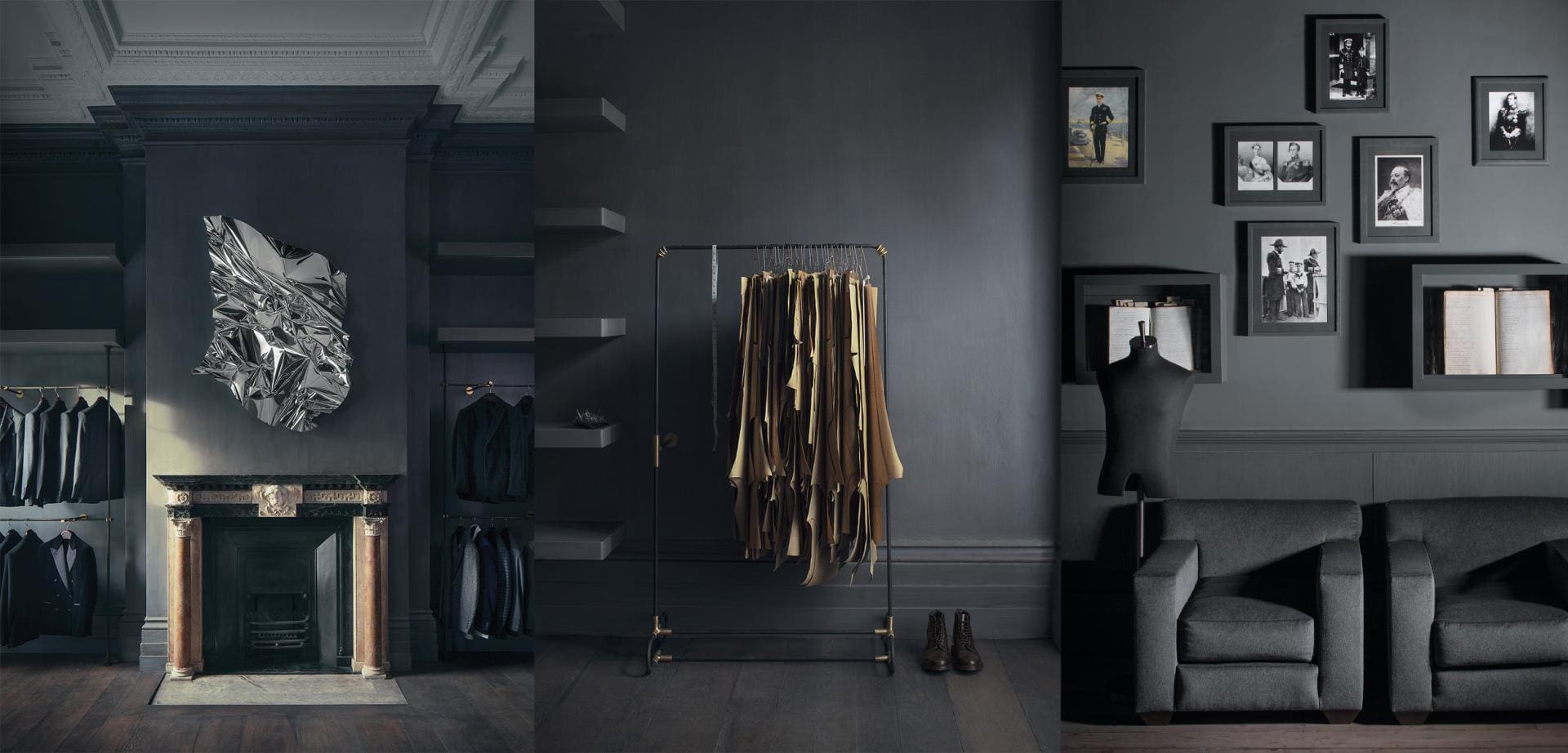
“When I came back, personally I felt that Gieves & Hawkes had lost its way with its Englishness,” says Harrison. “I think it really needed a collection that was distinguishable as Gieves & Hawkes, not as an anonymous tailor. An English style still has wide appeal, as long as it’s relevant, because otherwise it can end up rather too Downton Abbey. It’s subtle – the palette, the fit, the little details. Besides, Englishness is integral to Gieves & Hawkes’ DNA – and it’s by keeping true to that, and flexing it gently, that any great clothing brand, from Stone Island to Armani, sticks around. What’s more, Englishness isn’t just something for foreigners or tourists. It appeals as much to our British customers, to anyone anglicized in their references.” Harrison believes there is still a gap in the market for an upscale, decidedly British brand, especially since recent years have seen complexities of manufacturing and supply push the names that once occupied the space in other directions. He’d like to see the quality keep improving season after season, not least because designing and making products that are still worn in five or 10 years’ time is a more sustainable approach to clothing consumption.
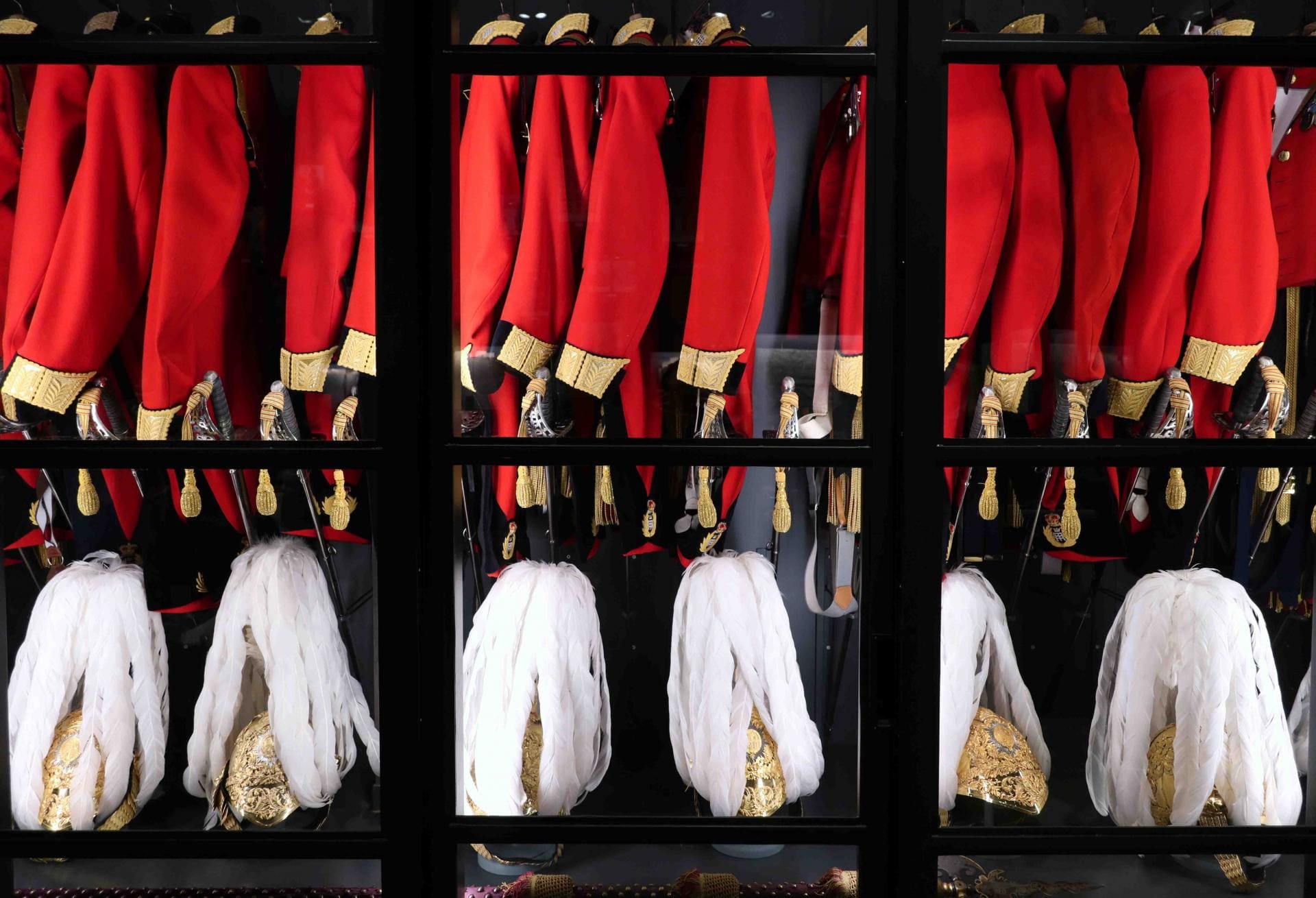
“I think Savile Row is, generally, moving forward now after a long time of resisting change, and that includes even the old guard – even they’re getting much more progressive in terms of cut, or of image,” says Harrison. “They’re all moving forward in different ways and at different paces – the smaller companies especially can be lighter on their feet than a big retail operation like us. But this is a good time for the Row, with some great companies, old and new, doing some things I really admire.” Harrison has always been more interested in developing total looks for a brand, rather than being some kind of star designer. “In a sense, anyone can design anything. But designing something that has integrity and actually sells is very hard to do. I’ve never set out to be some kind of uber-creative designer – but I do make money for people.”
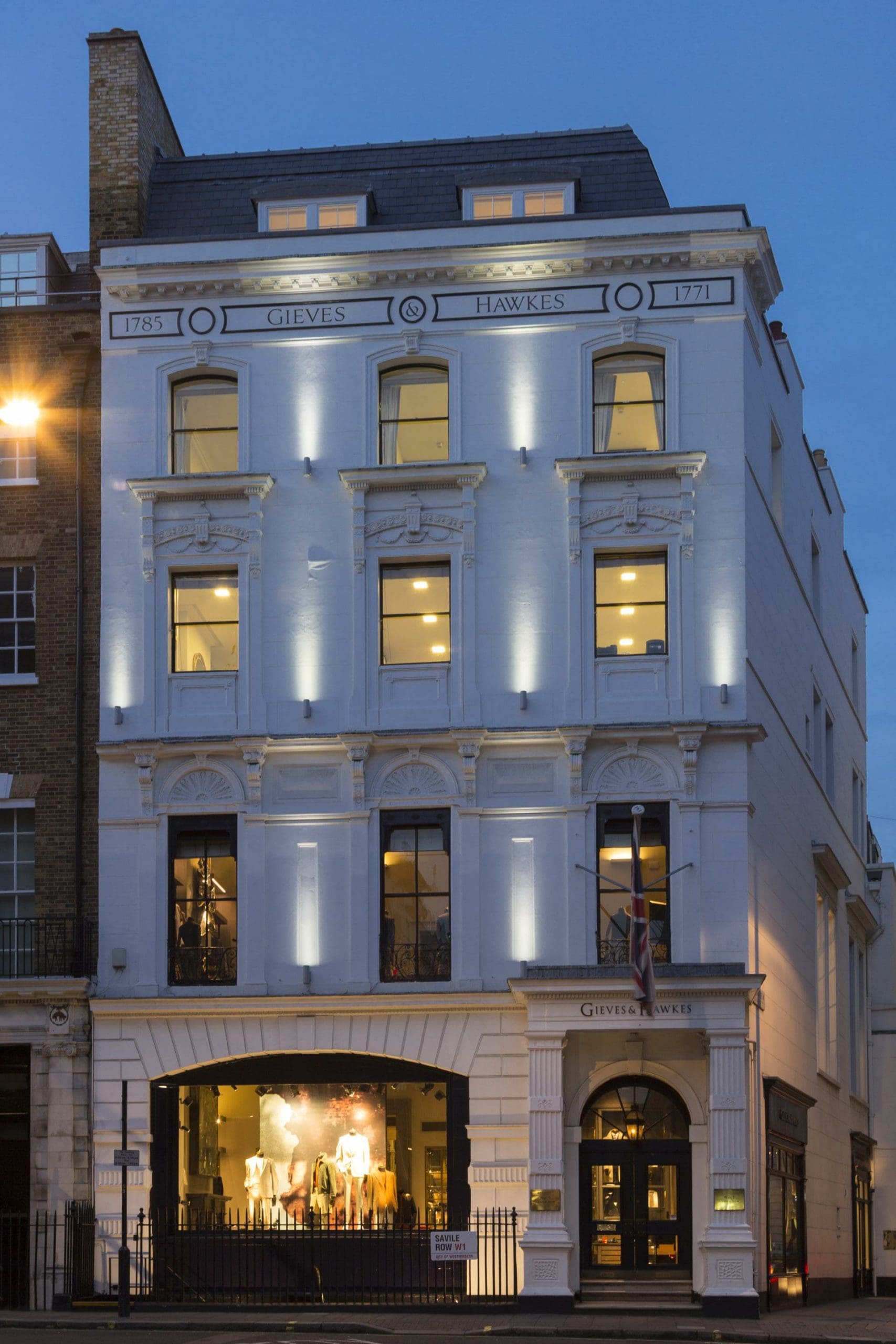
1 Savile Row, W1S, gievesandhawkes.com







